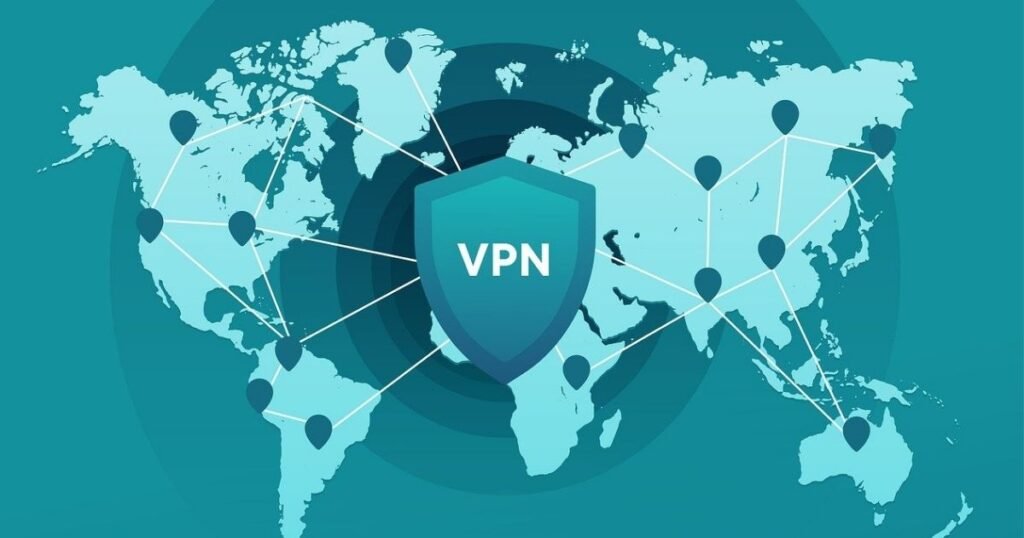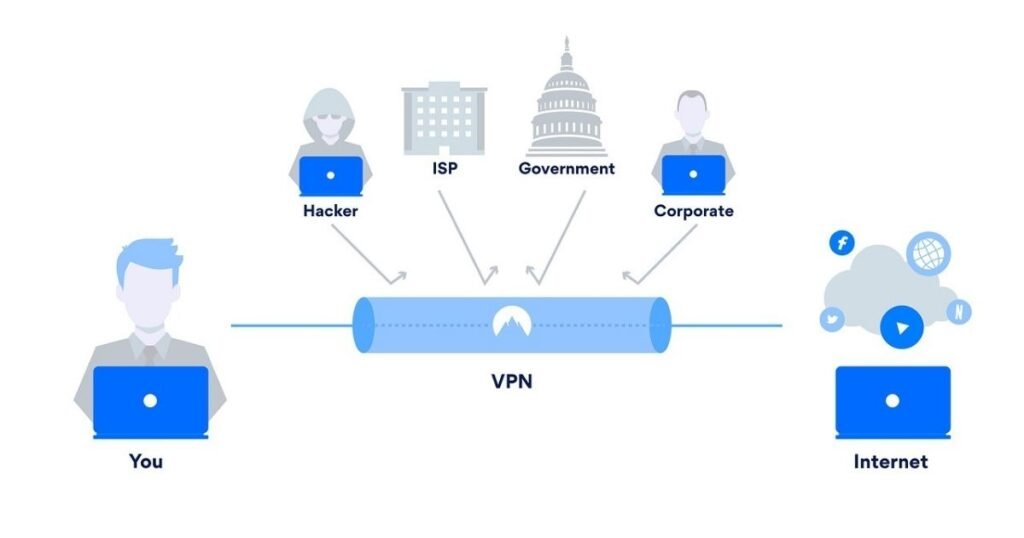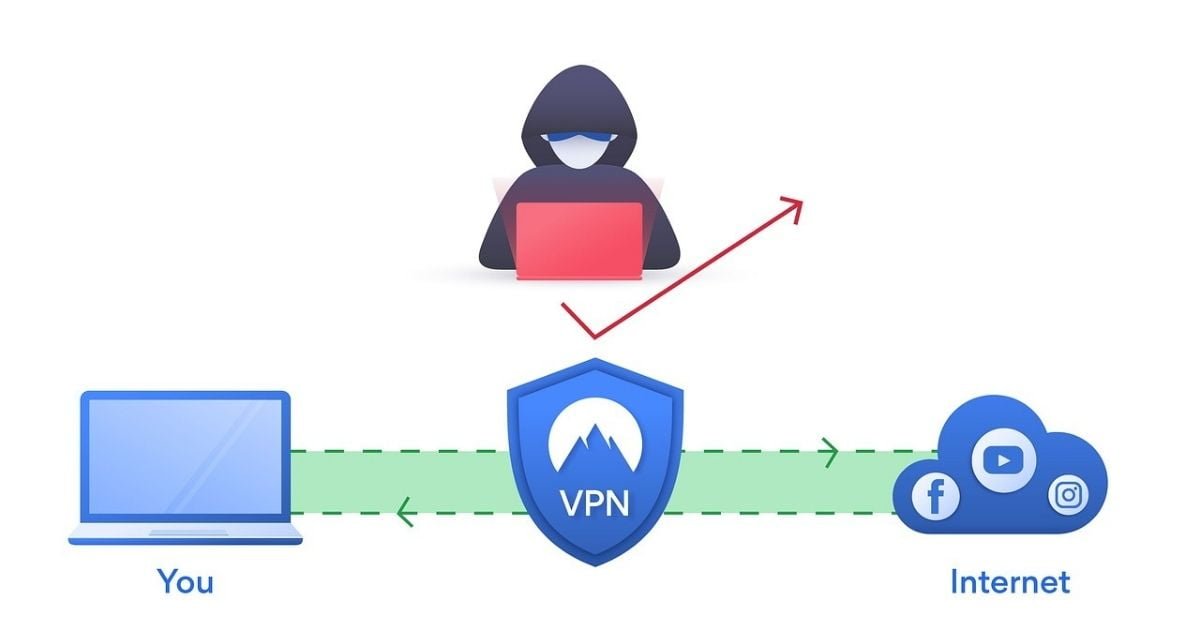Site-to-site routing, also known as network-to-network routing, is a critical component of modern networking infrastructures. It enables data to travel securely and seamlessly between different networks, whether they are located in the same building or across different continents. In this guide, we will explain the basics, its benefits, and how it works.

What is Site-to-Site Routing?
Sites-to-site routing is a method of connecting two or more networks to form a single logical network. In this setup, each network is considered a site, and the traffic between them is routed over a secure and encrypted tunnel. This allows the networks to communicate with each other as if they were part of the same network, even though they are physically separate.
The Benefits of Site-to-Site Routing
Threeimpotant benefits to using site-to-site routing, including:
1. Increased Security
Site-to-site routing uses encryption to secure the traffic between networks. This makes it more difficult for hackers to intercept and read the data, providing an extra layer of security for sensitive information.
2. Improved Reliability
Site-to-site routing can help to improve the reliability of network connections. By using multiple paths between networks, it can ensure that data always finds its way to its destination, even if one of the paths is unavailable.
3. Simplified Network Management
Site-to-site routing can simplify network management by allowing multiple networks to be managed as a single entity. This can reduce the complexity of the network, making it easier to manage and maintain.
How Site-to-Site Routing Works
Site-to-site routing involves the use of a VPN (Virtual Private Network) to create a secure and encrypted tunnel between two or more networks. This tunnel is created by using VPN endpoints, which are typically located at the edge of each network.
When data is sent from one network to another, it is first encrypted and then sent over the VPN tunnel. Once it arrives at the other end, it is decrypted and sent to its destination. This process is repeated for each packet of data that is sent between the networks.
Site-to-Site Routing Protocols
There are several protocols that can be used for site-to-site routing. Some of the most common include:
1. IPsec
IP-sec (Internet Protocol Security) is a protocol that is widely used for site-to-site routing. It provides a secure and encrypted tunnel between networks, making it an excellent choice for sensitive data.
Read More: What is IP-sec and how it works?
2. GRE
GRE (Generic Routing Encapsulation) is another protocol that can be used for site-to-site routing. It encapsulates the data in a new packet and sends it over the tunnel, allowing it to travel securely between networks.
3. MPLS
MPLS (Multiprotocol Label Switching) is a protocol that is commonly used for site-to-site routing in large enterprise networks. It uses labels to route traffic between networks, providing an efficient and reliable way to connect multiple sites.

Site-to-Site Routing vs. Remote Access VPN
Site-to-site routing is often compared to remote access VPN, which is another common VPN setup. Remote access VPN allows individual users to connect to a network from a remote location, whereas site-to-site routing connects entire networks together.
While remote access VPN is useful for connecting individual users to a network, it is not suitable for connecting entire networks together. Site-to-site routing is a more appropriate choice for this scenario, as it allows multiple networks to be connected and managed as a single entity.
Read More: Which VPN is best for you? NordVPN review, Surfshark VPN, or PrivateVPN.
Conclusion
Site-to-site routing is a critical component of modern networking infrastructures. It enables multiple networks to be connected securely and seamlessly, providing a range of benefits, including:
- increased security
- improved reliability
- simplified network management
By using site-to-site routing, organizations can create a single logical network that spans multiple physical networks, allowing for greater efficiency and ease of management. This is particularly useful for organizations with multiple locations or remote workers.
Overall, site-to-site routing is a secure, reliable, and efficient way to connect multiple networks together. By using encryption and other security protocols, it provides a secure way to transmit sensitive data between networks, while also improving network reliability and simplifying network management.
Frequently Asked Questions
- What is site-to-site VPN?
Site-to-site VPN is a type of VPN that connects two or more networks together to form a single logical network. This is done by creating a secure and encrypted tunnel between the networks, which allows data to travel between them securely and seamlessly.
- What are the benefits of site-to-site VPN?
Site-to-site VPN provides several benefits, including increased security, improved reliability, and simplified network management. By using encryption and other security protocols, it provides a secure way to transmit sensitive data between networks, while also improving network reliability and making it easier to manage multiple networks.
- What are some common site-to-site VPN protocols?
Some common site-to-site VPN protocols include IPsec, GRE, and MPLS. Each protocol has its own strengths and weaknesses, and the choice of protocol will depend on the specific needs of the organization.
- How does a site-to-site VPN differ from a remote access VPN?
Site-to-site VPN connects entire networks together, while remote access VPN allows individual users to connect to a network from a remote location. While both types of VPNs are useful in their own way, site-to-site VPNs are more suitable for connecting multiple networks together.
- What are some best practices for implementing a site-to-site VPN?
Some best practices for implementing site-to-site VPN include carefully selecting the appropriate VPN protocol, configuring firewalls and other security measures, and regularly testing the VPN to ensure that it is working properly. It is also important to have a clear understanding of the organization's network architecture and security requirements.
For more such informative articles and blogs, visit: ChooseVPN.



